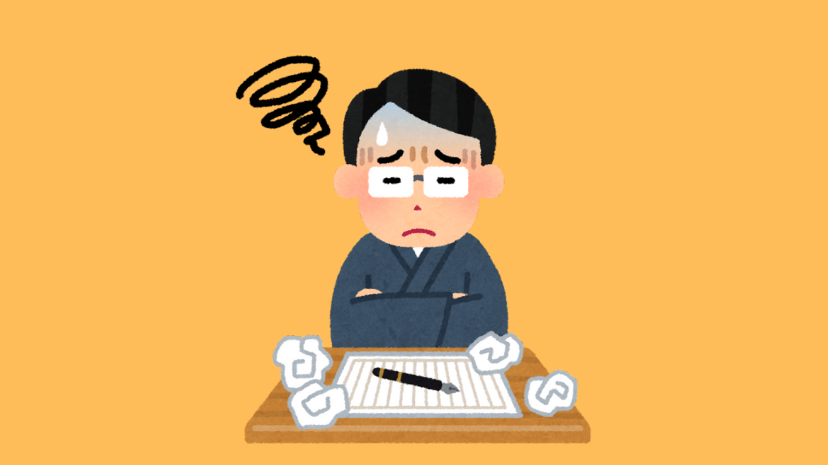THE 24-HOUR CLOCK IS SUPERIOR
By: Ethan Ernst, Opinion Columnist
In the United States, we spend a lot of time using the suffixes a.m. and p.m. to clarify what time we are referring to. However, people sometimes forget to include these suffixes, possibly because the time they are referring to seems obvious to them; no one expects a meeting at 12 a.m., or midnight, after all. Even so, a 24-hour clock is more precise and can save a lot of time.
There are certain events that generally only occur at certain times, such as eating breakfast in the morning. However, there could also be situations where this is not so clear, prompting requests for clarification.
For example, if a college student texts their family and says they will arrive at 6 o’clock the next day, this might cause some confusion. Does the student mean 6 a.m. or 6 p.m.? Requesting and giving clarification might not take up much time, but accidental miscommunications can occur easily.
The precision of a 24-hour clock eliminates the need to ask for clarification. While it would take some time to adjust to a new time system, there would be no need to ask for clarification when, for example, a person says: “The package will arrive at 14 o’clock.” It is clear that this will occur in the afternoon, not early morning.
Additionally, when speaking with people from countries that do not use the 12-hour clock, there will be no confusion when talking about the time. Even people who prefer the 12-hour clock won’t find the 24-hour clock difficult to grasp; all it takes is some simple math to recognize the time being referred to.
Measuring the length of a period of time is easier with a 24-hour clock too. Take a second and try it out: it is easier to calculate the number of hours between 9:32 and 17:23 than 9:32 a.m. and 5:23 p.m. on the spot.
THE 12-HOUR CLOCK IS SUPERIOR
By: Lalita Rai, Opinion Columnist
There is always confusion when we say something like: “Let’s leave at 3:15.” Is that time early in the morning or during the day?
For that, the 12-hour clock is divided into two sections, with a.m. and p.m. used to indicate day versus night.
The system is simple. Ante meridiem is a Latin word meaning before midday, which is where we get a.m. from.
Meanwhile, p.m. stands for post meridiem, a Latin word for after midday. It is believed that this 12-hour system started in ancient Mesopotamia and Egypt, where day and night were divided into separate 12-hour periods.
The 12-hour clock itself was invented by Giovanni de Dondi in the early 1300s. So we’ve been using the 12-hour system for thousands of years.
The 12-hour clock is ultimately more convenient to use because many people have already grown up using the time system, and many English-speaking countries use it as standard time, such as the United States, the United Kingdom, South Africa and Australia. This clock system is more familiar to people.
The 12-hour clock uses a.m. and p.m. to indicate day and night, so it is an easy-to-use, clear, practical and intuitive system.
Most confusion can be cleared up with practice throughout everyday life. Most daily schedules and events are publicized in a 12-hour format, aligning with societal norms and expectations. This standard system is prevalent in daily life.
Furthermore, digital devices, watches and analog clocks are designed in a 12-hour format that is user-friendly and has a clear visual representation of time. Fitting 24 hours on a wristwatch is not plausible.




















